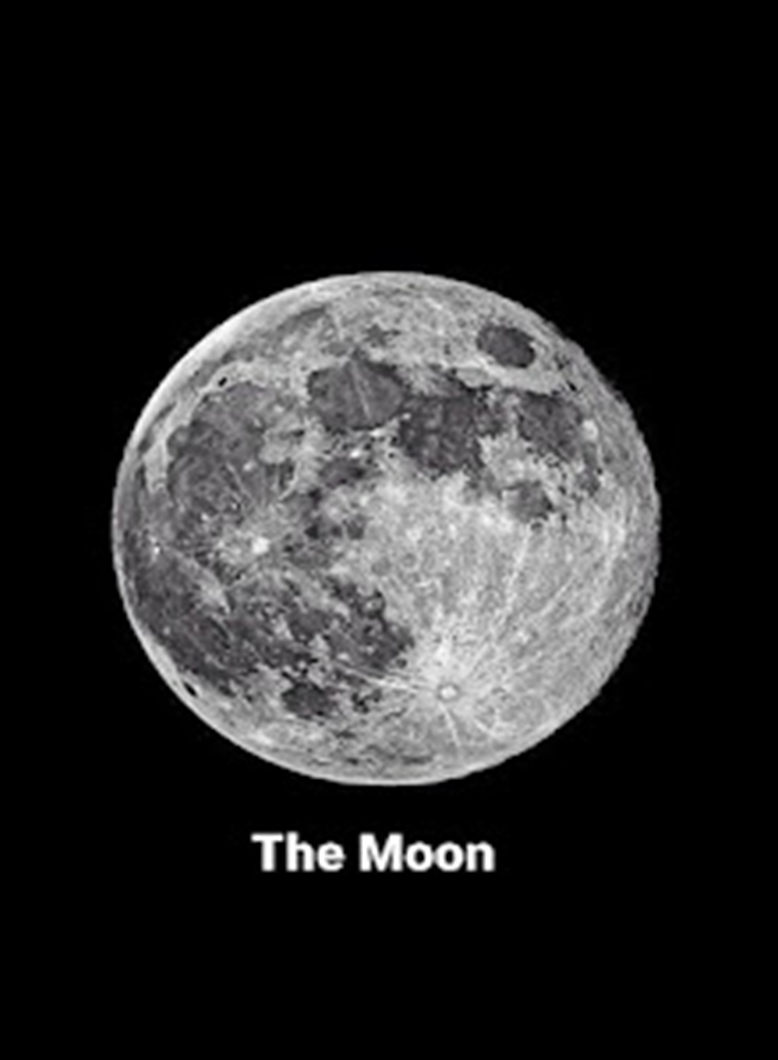Facts we have never heard about the moon, and its importance to the continuation of life on planet Earth
THE MOON
After the suggestion of a university professor to blow up the moon to get rid of climate problems, you know the importance of the moon for the continuation of life on the surface of the earth, and what will happen if the distance between the earth and the moon changes, or if the moon gets closer than it is now to the earth? Unique information and facts about the moon.
The moon is the only celestial body on which humans have landed with their feet. Our feet have not set foot on any other celestial body, whether Mars, Venus, or any other planetary body in the solar system.
Although the Luna program of the Soviet Union was the first to reach the surface of the moon by a spacecraft unmanned by astronauts in 1959, the Apollo program of NASA was able to achieve the achievement of travel with manned vehicles.
The first human orbital mission around the moon was the Apollo 8 mission in 1968, and the first human flight was Apollo 11 in 1969. On its return, those flights brought about 380 kilograms of lunar rocks, which were used to understand the geological development of the moon and its origins. The formation of the moon (It was believed that the origins of the formation of the moon date back 4.5 billion years. As well as in understanding the formation of the internal structure of the moon.
The moon that you see in the sky is not just an object that can be guided by in the dark. The moon is not only for illumination, but it is necessary for the continuation of life on the surface of the earth.
The moon revolves around the earth in an elliptical orbit, so that the farthest point of the moon from our planet is about 405,696 km, and when the moon approaches the earth, it is at a distance of 363,104 km.

Amazing facts and information about the moon
?But what happens if the moon gets too close to the earth
From the engineering of the Almighty Creator is the miraculous consistency between the size of the moon and its distance from the earth, as the distance between the earth and the moon has been estimated very accurately, so that any change in this distance can cause disasters, including:
There will be massive tidal inflation, which will lead to massive floods, and this certainly means that many cities will disappear under the surface of the water.
The earth itself will also be affected by this strong gravity, through its effect on the outer crust of the earth, so that it rises and falls, which leads to horrific earthquakes and volcanoes.
Also, the approaching of the moon to the earth will increase the speed of the earth’s rotation around its axis, and thus hurricanes will occur as a result of the faster rotation of the atmosphere, and as an inevitable result of this, the day on the planet will be shorter than it is now.

Earth and Moon NASA
Likewise, the size of the moon will appear larger to us as it approaches the earth, which will lead to blocking the sun's rays, and thus the solar eclipse will become a regular occurrence.
If the moon gets too close, the moon will disintegrate and be destroyed by the Earth's gravity. These disintegrated parts will look like the rings of Saturn, and it will not be long before millions of these parts fall on the planet, causing great disasters equivalent to tens of thousands of nuclear bombs.
The importance of the moon to the continuation of life on planet Earth:
The moon is one of the main pillars of the universe for the continuation of life on planet earth, and if it were not for the moon, life on earth would have perished, and perhaps the earth itself would have perished.
The importance of the moon is represented in preserving the orbital stability of the earth. If it were not for the moon and its gravity, the earth would have been subjected to a state of orbital oscillation (the vibration of the planet and its instability in its position), which would lead to climate instability, earthquakes, volcanoes, water evaporation, and failure of the water cycle in the atmosphere, and all of these would lead to the annihilation of life on earth.
The moon's gravity works to save the earth from other space bodies such as asteroids and rocks, due to the orbital resonance process that the moon exerts on other bodies and protects the earth, without which the earth would have collided with another body that might lead to its disintegration and transformation into rubble and rocks.
Source: websites

